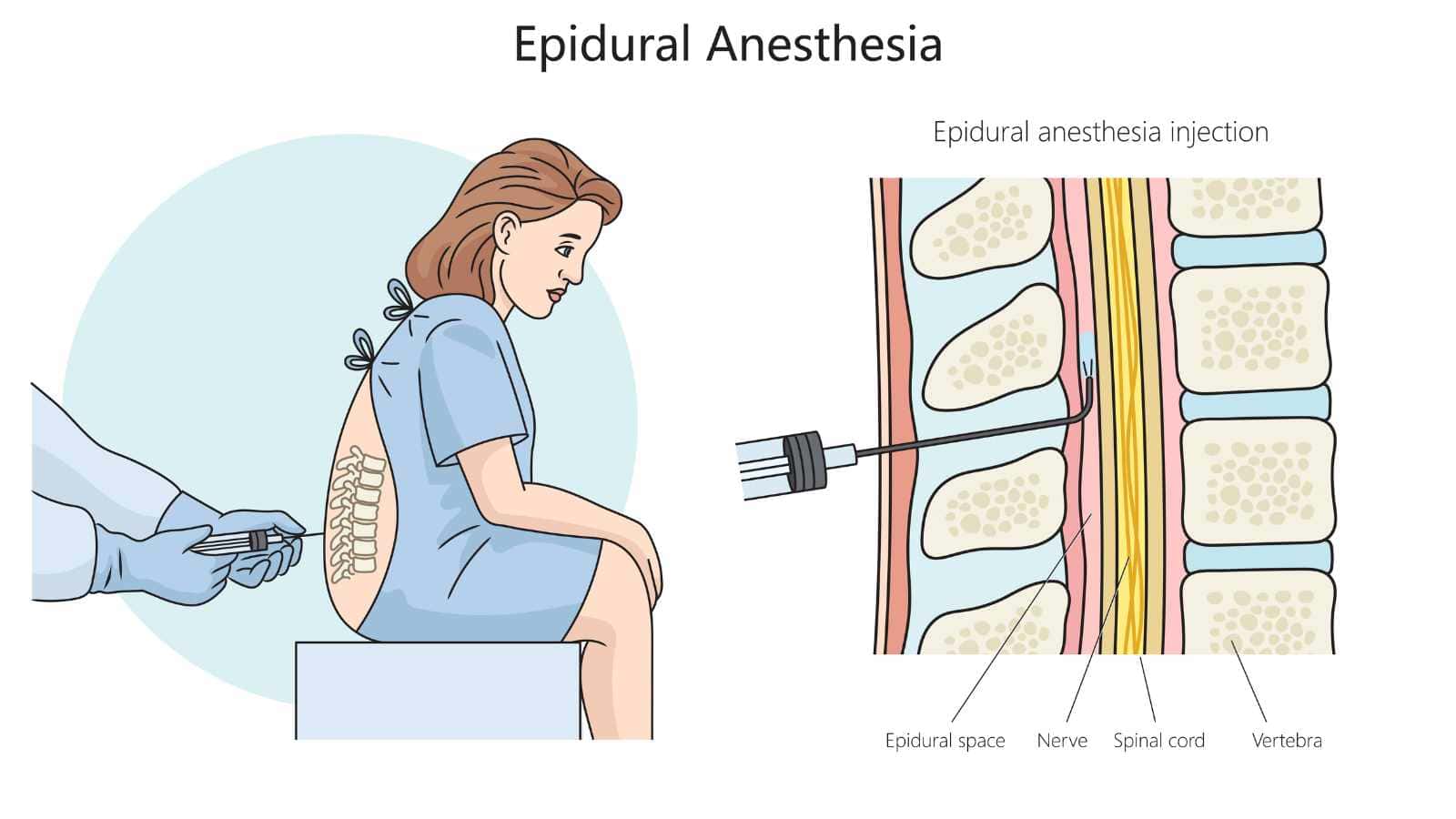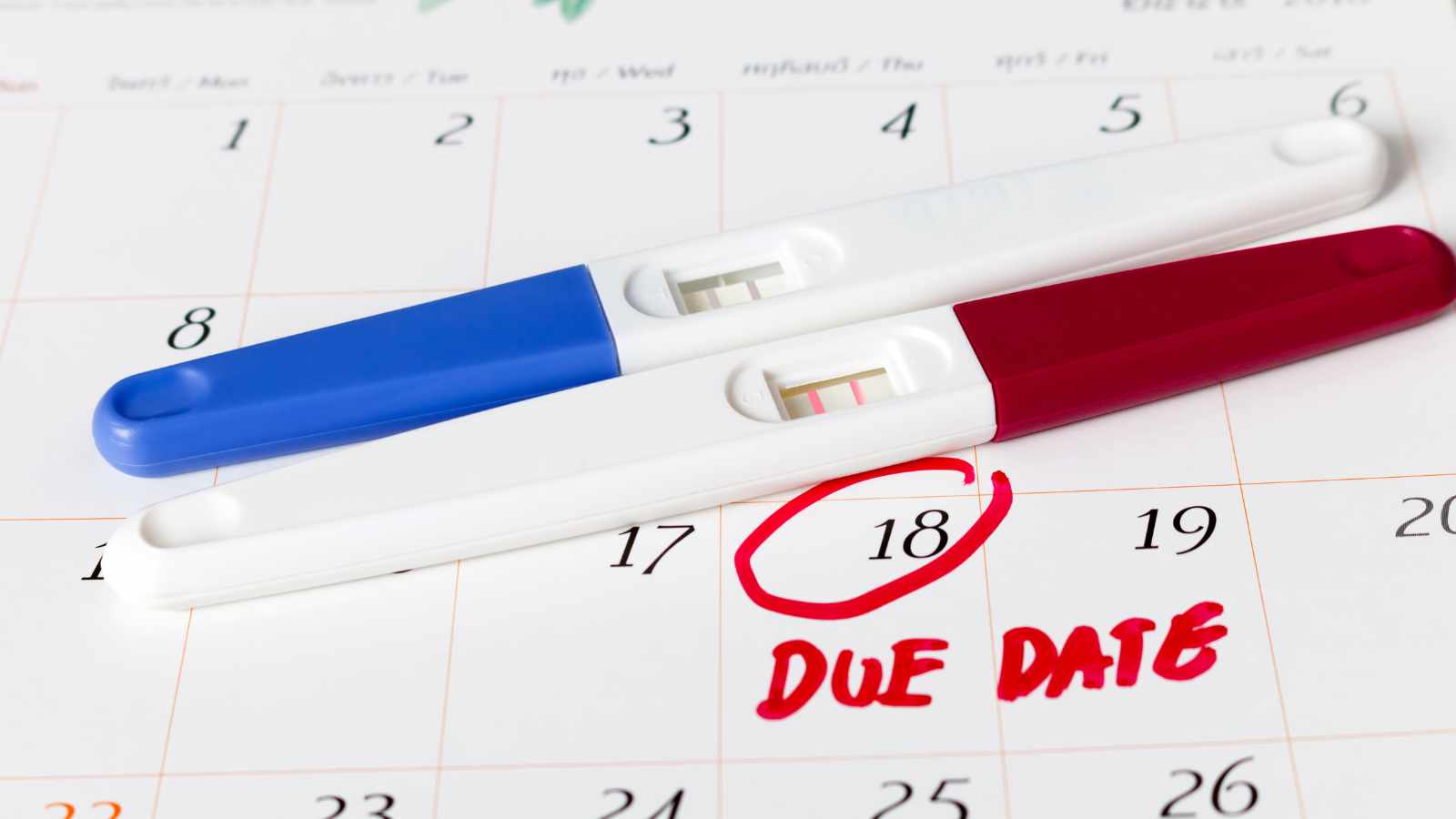10 Hilarious Myths About Childbirth That Are Totally Wrong
Alright, let’s talk about childbirth—the ultimate blockbuster event, according to Hollywood. If your main source of info is movies or your great-aunt’s dramatic retelling, you probably think it starts with a sudden splash of water, a panicked dash to the hospital, and a whole lot of screaming. Classic, right?
But real life? It’s not quite that theatrical. According to the CDC, there were about 3.6 million births in the U.S. in 2024—and most of them didn’t look anything like a scene from a rom-com.
So let’s bust some of the most common (and honestly, hilarious) myths about giving birth. You might be surprised by what’s actually true.
The Hollywood Water Break Explosion

The Myth: You’re minding your own business in a crowded supermarket when—WHOOSH!—your water breaks in a tidal wave, and everyone gasps.
The Reality: Nope, probably not. Only about 11% of labors actually start with the water breaking (PROM). When it does happen, it’s usually a slow and unpredictable trickle. You might even wonder if you just peed a little (a common pregnancy joy, right?).
My friend Sarah spent a solid hour debating whether her water had broken or if it was just another bodily fluid making a guest appearance. For most people, contractions start long before there’s any “water” action.
An Epidural is a One-Way Ticket to a C-Section

The Myth: You get that magical epidural, and suddenly your labor stalls, your body forgets how to push, and you’re wheeled off for surgery.
The Reality: This is a classic fear, but the science doesn’t support it. Getting an epidural does not increase your chances of needing a C-section.
Yale Medicine gives the green light for epidurals whenever you want one during labor. So, if pain relief is part of your plan, you can rest easy.
Full Moons Mean Full Delivery Wards

The Myth: The moon’s gravitational pull works its magic on your uterus, and suddenly, every pregnant person in a 50-mile radius goes into labor at once.
The Reality: As cool as this sounds, it’s pure folklore. Researchers have examined millions—yes, millions—of births and found no significant link between the lunar cycle and when babies are born.
You’re more likely to have your labor influenced by a change in barometric pressure than by a big, beautiful full moon. So, don’t bother checking your astrology app for the baby’s arrival time.
A Vindaloo Curry Will Start Your Labor

The Myth: Can’t wait to meet your baby? Just order the spiciest thing on the menu, and those contractions will fire right up.
The Reality: Wouldn’t that be convenient? While it’s a popular theory, there is virtually no scientific evidence that spicy food induces labor. What it is likely to cause is a world of heartburn and an upset stomach.
Those cramps you feel after a ghost pepper challenge? That’s probably your digestive system staging a protest, not your uterus getting ready for the main event.
You Have to Give Birth on Your Back

The Myth: The only way to deliver a baby is flat on your back with your feet up in stirrups, like in every TV show ever.
The Reality: This position is actually not great! It works against gravity and can make pushing more complex and more painful.
According to PubMed Central, Upright positions, such as squatting, kneeling, or even standing, can reduce the duration of the second stage of labor by a mean of 6.6 minutes compared with the supine position.
Lying on your back became popular because it gives doctors a better view, not because it’s better for you or the baby. Don’t be afraid to move around and find what feels right.
Once a C-Section, Always a C-Section

The Myth: If you’ve had one C-section, you’ve signed up for a lifetime of them.
The Reality: That old rule is officially retired. Today, a vaginal birth after cesarean (VBAC) is a safe and standard option for many people. Success rates for VBACs are reported to be 78%, according to the Turkish Society of Obstetrics and Gynecology.
If you’ve had a C-section before, talk to your doctor about whether a VBAC could be a great choice for you.
You Must Scream Through Every Contraction

The Myth: Giving birth involves non-stop, blood-curdling screaming. If you’re not yelling, you’re not doing it right.
The Reality: While you might make some noise, constant screaming is exhausting and can actually work against you. It tenses up your body and wastes energy you need for pushing.
It sounds a bit primal, but these noises can help your body release pain-fighting endorphins. Think less of a horror movie scream queen and more of a powerful, focused goddess.
Your Due Date Is a Final Deadline

The Myth: Your due date is a magical, non-negotiable expiration date. If you go past it, something is definitely wrong.
The Reality: Guess how many babies are actually born on their due date? Only about 5%. That’s it! Your due date is really more of a “due window.” It’s totally normal for babies to arrive a week or two before or after that estimated date.
One study found that half of first-time moms give birth by 40 weeks and 5 days. So, try to think of it as an estimate, not an eviction notice.
Making a Birth Plan Jinxes Your Labor

The Myth: If you dare to write down your preferences for labor, you are basically tempting fate to throw every possible curveball your way.
The Reality: This is just a silly superstition. In reality, having a birth plan is empowering! It helps you think through your options and communicate your wishes clearly to your support team and medical staff.
It’s not about things going exactly as written—birth is unpredictable! It’s about feeling prepared and informed, which studies show leads to a more positive experience, no matter how things unfold.
A “Big Baby” Means a Definite C-Section

The Myth: The doctor says your baby is measuring big, so you might as well schedule the C-section now because there’s no way that baby is coming out vaginally.
The Reality: First off, those late-term ultrasound estimates can be notoriously off—sometimes by a pound or more! Second, many people vaginally deliver “big” babies with no problem at all.
Your body is amazing! A baby’s position and the shape of your pelvis are often more important factors than their estimated weight. Don’t let the fear of a big baby lead to an unnecessary surgery before labor even gets a chance to work its magic.
16 Best Jobs for Pregnant Women

16 Best Jobs for Pregnant Women
Pregnancy is a transformative and joyous period in a woman’s life, but it comes with unique challenges and demands. One of the most crucial aspects during this time is ensuring a healthy work-life balance.
Finding the right job during pregnancy is not just about earning an income; it’s about maintaining your health, well-being, and peace of mind.
Science Tells Us What To Expect As We Age: Strategies for Thriving in Later Life

Science Tells Us What To Expect As We Age: Strategies for Thriving in Later Life
How does aging affect our bodies and minds, and how can we adapt to those differences? These are questions that pertain to us all. Aging gradually alters people over decades, a long period shaped by individuals’ economic and social circumstances, their behaviors, their neighborhoods, and other factors. Also, while people experience common physiological issues in later life, they don’t follow a well-charted, developmentally predetermined path. Let’s take a look at what science has told us to expect.







